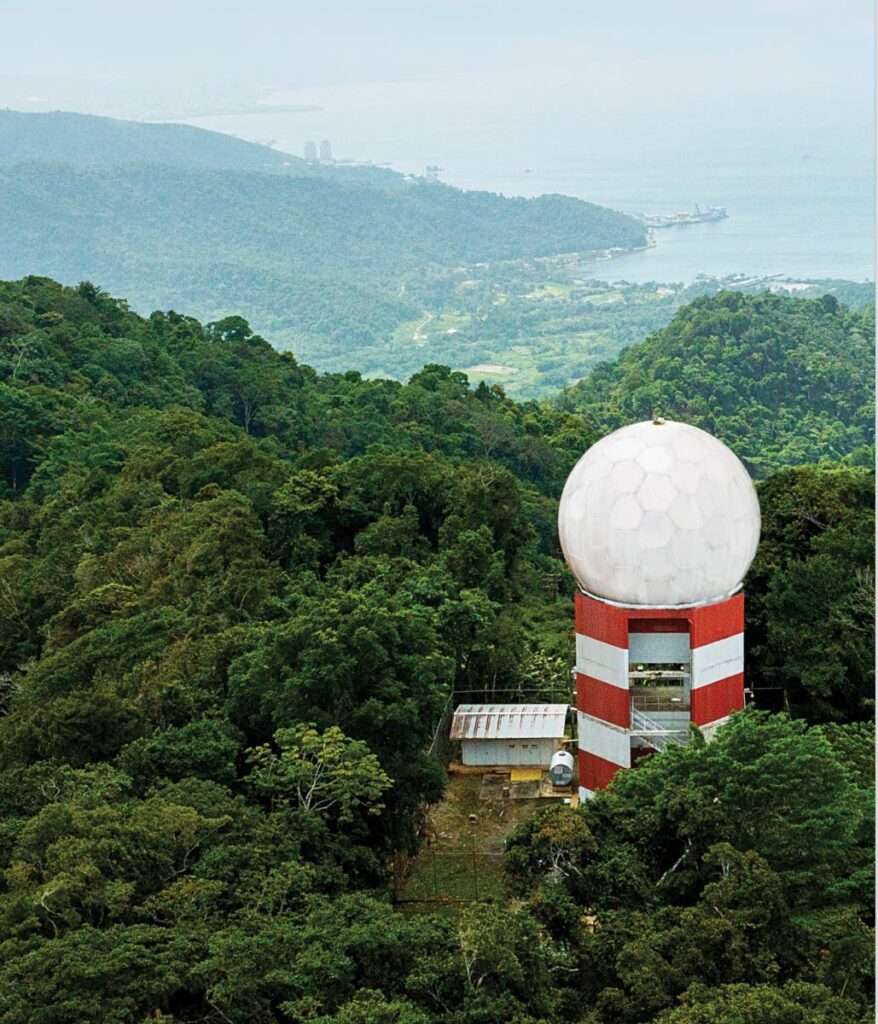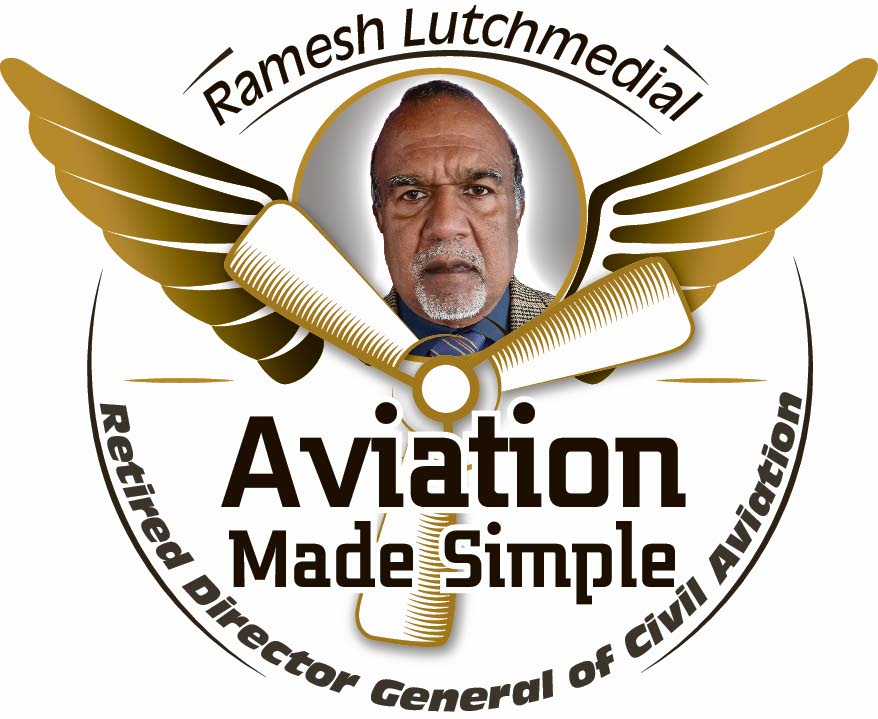Surveillance of Trinidad and Tobago's airspace

On September 8, at a handover ceremony at the Coast Guard base at Staubles Bay Chaguaramas, the US government donated four riverine craft and satellite equipment to the Coast Guard worth US$1.6 million. The donation coincided with the launch of the Coast Guard's newly refurbished maritime operations command centre.
National Security Minister Fitzgerald Hinds, in his remarks at the ceremony, described the donation as timely and said the modernised operations centre uses radar, satellite imagery and other cutting-edge technologies to track threats within TT’s maritime borders.
While the protection of maritime borders is laudable, there is also a need to prevent the penetration of TT’s sovereign airspace by unauthorised aircraft and unmanned aerial vehicles (UAVs) that may be engaged in illicit activities.
In August 2018, a three-day Drone Expert Forum was organised by the Interpol Innovation Centre and Counter-Terrorism unit based in Singapore, with the support of the US Federal Bureau of Investigation (FBI) and the Netherlands Police. The conference was attended by approximately 100 experts from law enforcement, academia and private industry.
A key finding of the forum was the potential use of drones in a terrorist incident or attack against critical infrastructure and other national and business targets.
This is a growing concern for international law enforcement, as the availability of drone technology is becoming less expensive and more widespread globally.
Drones can be weaponised and, when coupled with artificial intelligence (AI), can be pre-programmed to strike at specific targets.
In 2007 the TT Civil Aviation Authority (TTCAA) began developing specifications for a secondary surveillance radar (SSR) system for air navigation purposes.

Prime Minister Patrick Manning asked for the TTCAA to include a primary surveillance radar (PSR) system in the package with adequate range for the surveillance of TT’s sovereign airspace.
SSR works in conjunction with an onboard air traffic control (ATC) transponder.
Before an aircraft departs ATC will issue a four-digit squark code, which the pilot will select on the aircraft transponder.
Once the aircraft is airborne, the SSR continuously interrogates the transponder, which replies to each interrogation signal by transmitting encoded data such as the aircraft type, flight number, heading, speed and position. This information is displayed on the air traffic controller’s radar screen.
However, aircraft engaged in illegal activities such as smuggling can switch off the transponder, which makes the aircraft invisible to SSR.
On the other hand, a PSR system can detect every moving airborne object. PSR transmits a signal from the radar antenna site which is reflected or bounced back from a moving object such as an aircraft. The radar then amplifies the reflected signal to determine the speed and size of the object and displays the target on the radar screen.
Manning’s concept was to integrate the coastal radar data and the airborne PSR data for display on a single screen at the Coast Guard command centre. The integration software would be able to differentiate maritime targets from airborne targets using different colours.
The software would have had a map capability to display all air and sea craft location, heading, speed and, in the case of aircraft, altitude.
In this way, the Coast Guard operator at the command centre could have sight of all aircraft and maritime vessels in TT’s sovereign territory at any time.
The TTCAA subsequently awarded a contract to an Italian company, Selex, now called Leonardo, for a PSR and a SSR system.
The cost of the PSR system, which has a range of 90 nautical miles, was approximately TT$54 million. The then TTCAA board headed by Maj Ge Ralph Brown, agreed that the TTCAA would meet the full cost of the acquisition.
But after the PSR was installed at Mt St Catherine in Chaguaramas, the equipment for providing the PSR data to the Coast Guard command centre was never installed, owing to logistical issues.
Likewise, Selex never developed the integration software, because there was no agreed configuration for the display format of the radar data.
During the previous administration, National Security Minister Jack Warner showed a keen interest in having the PSR data fed into the command centre.
However, that never materialised because of Warner’s short tenure as minister.
In 2016, the TTCAA director general met with National Security Minister Maj Gen Edmund Dillon and the chief of defence staff to discuss the long-outstanding installation of the PSR data link to the command centre. The TTCAA, having regard to the defence force budgetary constraints, offered to provide the technical resources to instal the data link and fund the integration software.
The TTCAA offer was declined. The data link equipment is at present stored in boxes at the TTCAA facilities.
In 2018, then National Security Minister Stuart Young confirmed the radar system used by the Coast Guard had been given an upgrade costing an estimated TT$50.5 million as part of efforts to strengthen the country's maritime capabilities.
The ELM-2226 advance coastal surveillance radars (ACSR) bought from Israel Aerospace Industries (IAI) are perhaps the best coastal radar system in the world.
The radar can automatically detect and track more than 900 targets under adverse sea conditions. The ELM-2226 has a detection range of 20 nautical miles for rubber boats, 60 nautical miles for patrol craft and up to the radar horizon for large ships.
The TTCAA airborne radar system is state-of-the-art and was recently upgraded at a cost of approximately TT$50 million.
As Mr Hinds seeks to further professionalise the defence force, he should give serious consideration to the integration of the airborne and coastal radar systems for enhancing border security.

Comments
"Surveillance of Trinidad and Tobago’s airspace"